
Soldiers of the 2nd Artillery Battalion of the Quang Ngai Liberation Army used the enemy's 105mm artillery to attack the enemy, contributing to the complete liberation of Quang Ngai town and Quang Ngai province. (Photo: Duong Duc Quang/VNA)
In his memoir “ General Headquarters in the Spring of Victory,” General Vo Nguyen Giap wrote: “On the morning of March 31, 1975, the Party Central Committee Politburo held an expanded meeting. This was a historic meeting to discuss the third and final strategic blow of the General Offensive and Uprising."
The conference concluded: In terms of both strategic position and military and political forces, we have overwhelming power over the enemy, while the enemy is facing the risk of collapse and destruction.
America appeared completely helpless, even with reinforcements it could not save the puppet regime from collapsing.
The strategic general offensive achieved an extremely great victory. We eliminated two enemy corps from combat, liberated 12 provinces, and brought the population of the liberated areas to nearly eight million.
The revolutionary war in the South not only entered a period of leapfrogging development, but the strategic opportunity to carry out a general offensive and general uprising was ripe.
The final strategic battle of our army and people has begun to complete the national democratic revolution in the South and unify the country.
With the guiding ideology of speed, surprise, boldness, and sure victory, the Politburo decided to launch a general offensive and uprising to liberate Saigon as soon as possible, preferably in April 1975, without delay.
We must urgently increase forces to the west of Saigon, carry out a strategic encirclement and division, completely destroy Route 4, and approach Saigon; at the same time, quickly concentrate forces in the east and southeast, capture important targets, and encircle and isolate Saigon from the direction of Long Khanh, Ba Ria, Vung Tau...
From the meeting on March 31, 1975, the fate of the Saigon regime was decided. The determination of the Politburo strongly encouraged the revolutionary enthusiasm of the entire Party, the entire army, and the entire people. All for the day of total victory.
Also on March 31, 1975, in Binh Dinh, at 5:15 a.m., our comprehensive attack on the entire enemy defense line took place here. Regiment 12 and Regiment 141, Division 3 attacked the enemy group.
Regiment 95A attacked Phu Phong. Division 968 continued to attack the enemy at Tra Lam Son mountain. A spearhead of Division 968 penetrated deep to capture and liberate Dap Da town, cutting off Highway 1.
Already confused and wavering, the enemy troops fled in disarray. At 8:00 p.m. on March 31, our troops entered Quy Nhon town.
The enemy troops stationed in the inner city failed to resist and fled. Binh Dinh province was completely liberated.
In Phu Yen, on March 31, led by guerrillas, Battalion 9 of Regiment 64 attacked the Hon Mot stronghold; Battalion 8 captured Road 1 from Phu Khe to Hoa Xuan wooden bridge.
At the same time in Northern Phu Yen, guerrillas and local troops captured Ngan Son bridge, cut National Highway 1 in the south of Tuy An, preventing the enemy from retreating to the town, creating conditions for the main force to attack Tuy Hoa.
On the same day, Regiment 48 and Regiment 9 urgently deployed forces to attack the enemy in Tuy Hoa town.
In Khanh Hoa, to quickly destroy the "shield" of Phuong Hoang Pass, early in the morning of March 31, Division 10 concentrated the strength of tank, artillery, and anti-aircraft units to attack the Airborne Brigade at Bridge 24, 3km from Lam Son training center, destroying and disintegrating 600 enemies.
Some of the survivors were threatened by guerrillas and local people, while the rest fled across Highway 1 to Hon Khoi. On the night of March 31, the enemy's 3rd Airborne Brigade was completely disintegrated.
Meanwhile, in Ninh Hoa, on the afternoon of March 31, the Ninh Diem armed forces mobilized the masses to rise up and liberate the commune, then developed with the mass forces to occupy and liberate the entire Hon Khoi area.
On the night of March 31, knowing that Nha Trang could not be held, civil servants and officers there automatically evacuated, and soldiers at Dong De non-commissioned officer school also fled during the night.

Liberation Army enters Son Tinh district (Quang Ngai). (Photo: Thanh Tung/VNA)
On Ly Son Island (Quang Ngai), at exactly 4:00 a.m. on March 31, 1975, the Ly Son Uprising Committee issued orders to communes and propaganda and agitation teams to travel across the island to mobilize the entire population to rise up and seize power, and received enthusiastic response from the people.
At 7:15 a.m. the same day, four of our mines placed on the mountain tops exploded, threatening enemy ships surrounding the island.
Liberation flags fluttered on five mountain peaks and roads, revolutionary leaflets and posters were scattered and posted everywhere.
The entire population took to the streets shouting slogans against the US-puppet regime, supporting the revolution and storming into the puppet army and government's offices and posts, confiscating documents and weapons. The remaining troops panicked and fled the island and Ly Son was completely liberated.../.
(Vietnam+)
Source: https://www.vietnamplus.vn/50-thong-nhat-dat-nuoc-ngay-3131975-giai-phong-tinh-binh-dinh-va-dao-ly-son-o-quang-ngai-post1023703.vnp


![[Photo] Readers line up to visit the photo exhibition and receive a special publication commemorating the 135th birthday of President Ho Chi Minh at Nhan Dan Newspaper](https://vphoto.vietnam.vn/thumb/1200x675/vietnam/resource/IMAGE/2025/5/17/85b3197fc6bd43e6a9ee4db15101005b)

![[Photo] Prime Minister Pham Minh Chinh chairs meeting on science and technology development](https://vphoto.vietnam.vn/thumb/1200x675/vietnam/resource/IMAGE/2025/5/17/ae80dd74c384439789b12013c738a045)
![[Photo] More than 17,000 candidates participate in the 2025 SPT Competency Assessment Test of Hanoi National University of Education](https://vphoto.vietnam.vn/thumb/1200x675/vietnam/resource/IMAGE/2025/5/17/e538d9a1636c407cbb211b314e6303fd)


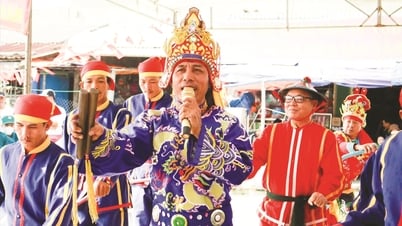

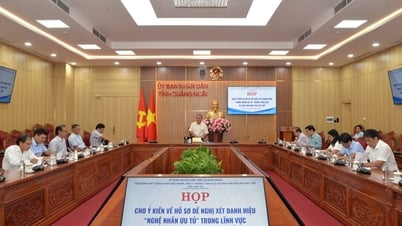

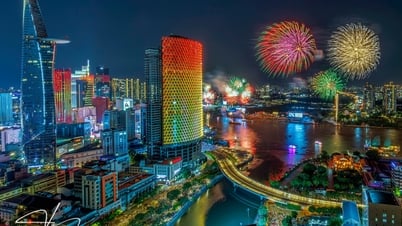

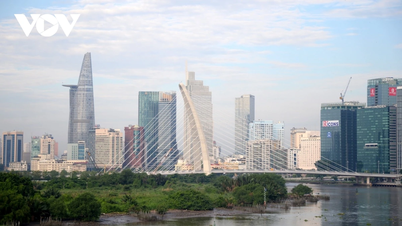



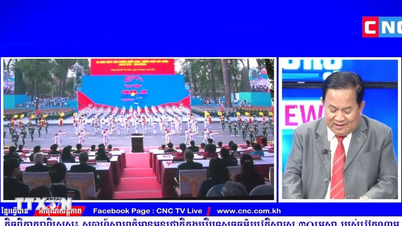
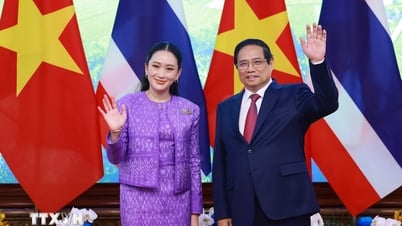
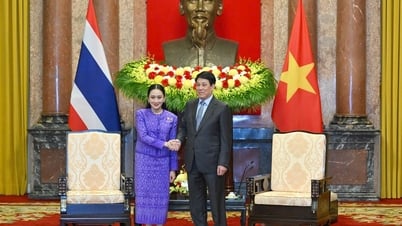

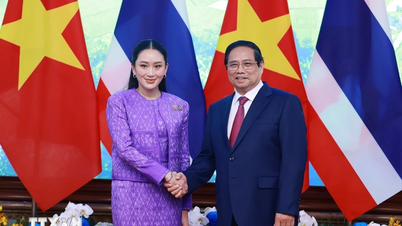
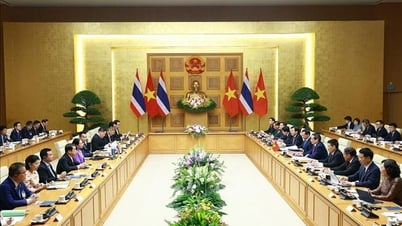

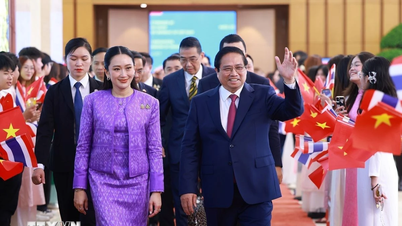

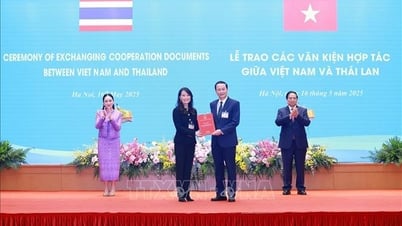




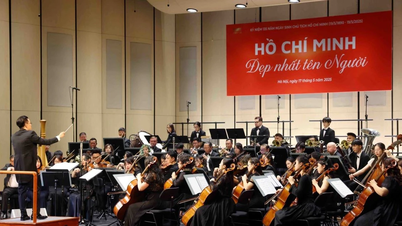
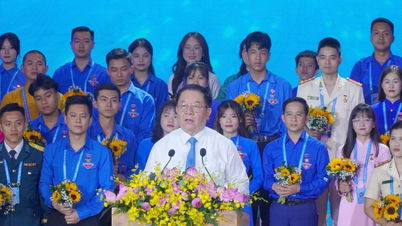
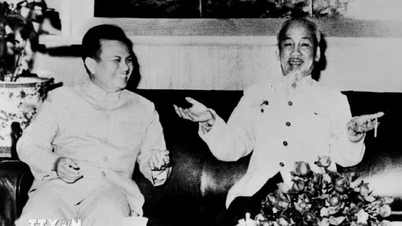
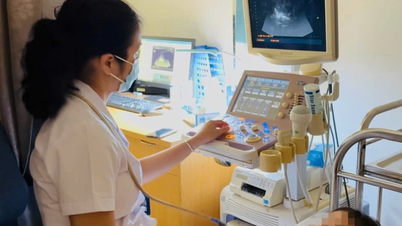

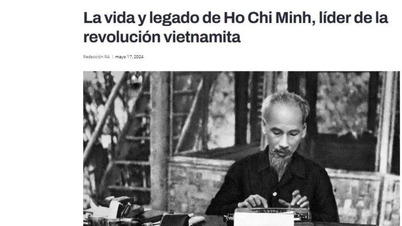
![[Photo] Nearly 3,000 students moved by stories about soldiers](https://vphoto.vietnam.vn/thumb/1200x675/vietnam/resource/IMAGE/2025/5/17/21da57c8241e42438b423eaa37215e0e)

















































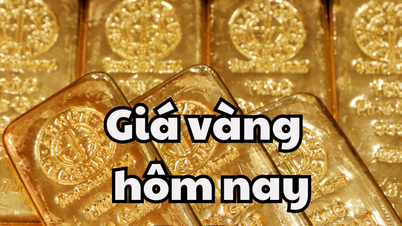

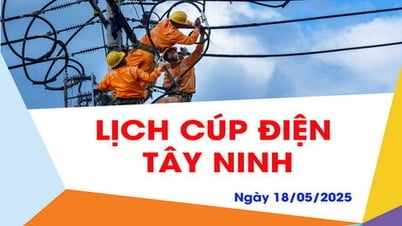



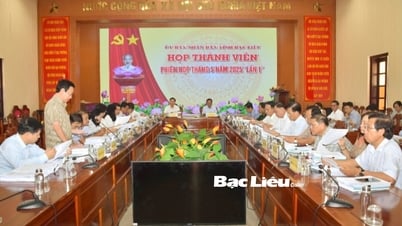













Comment (0)